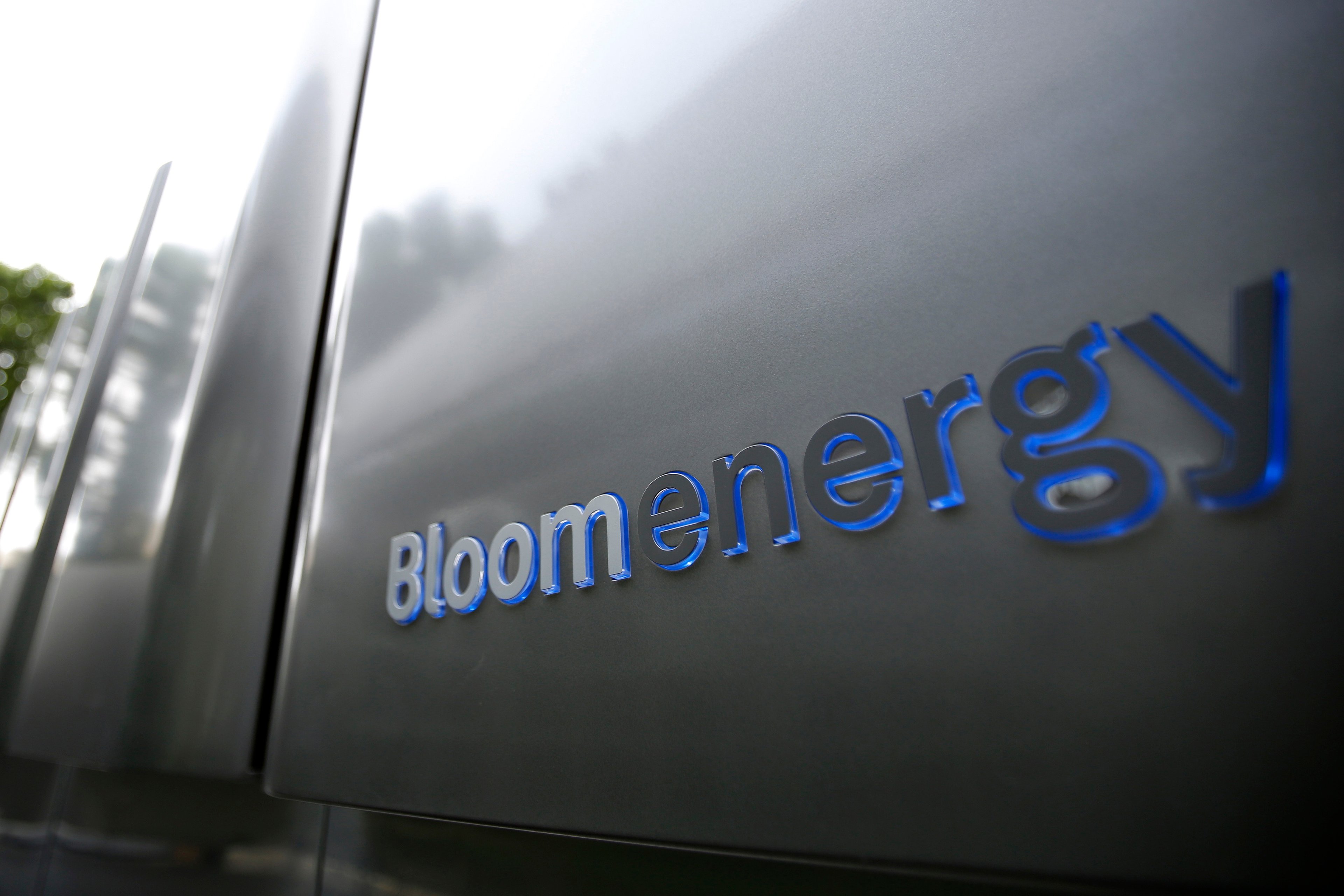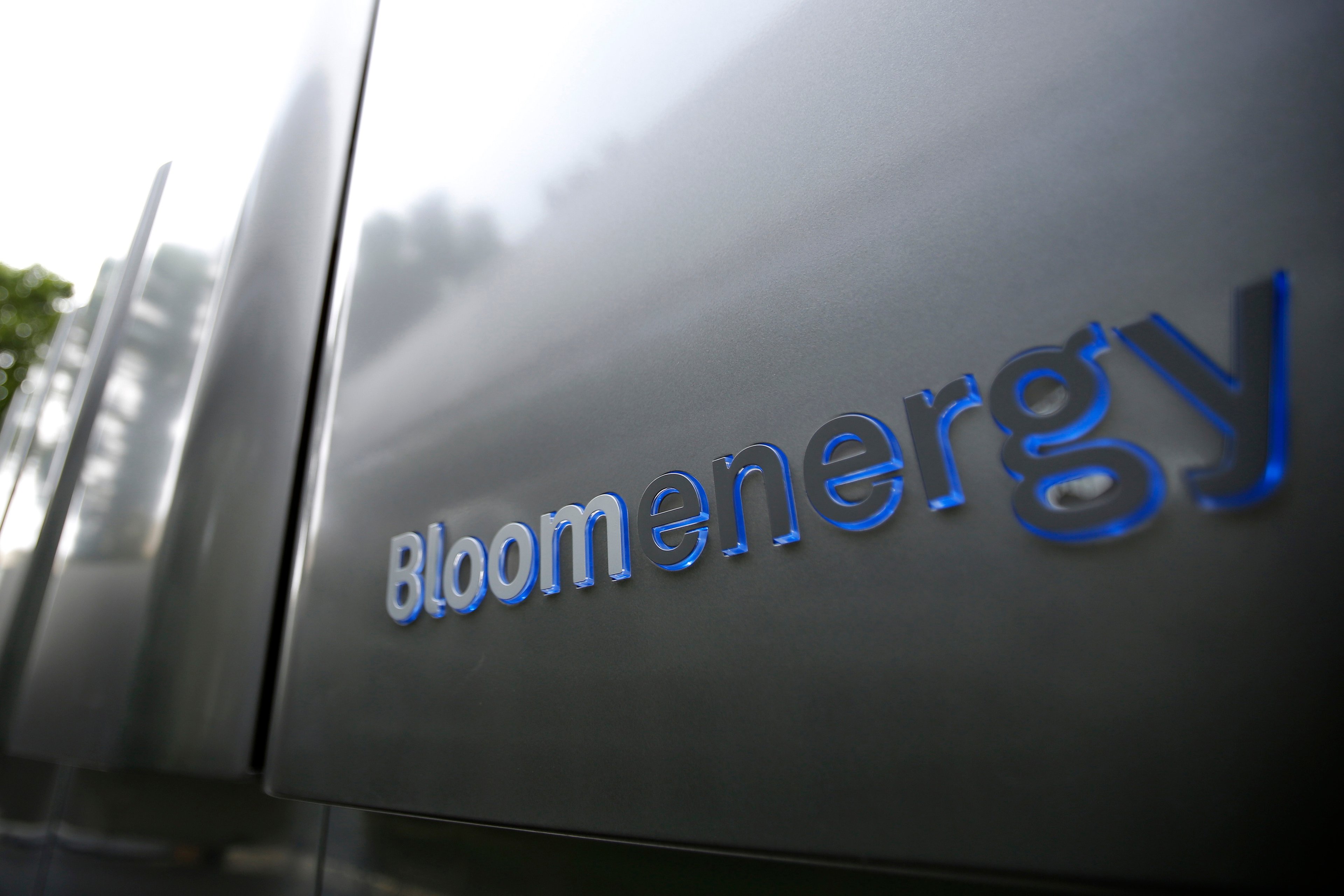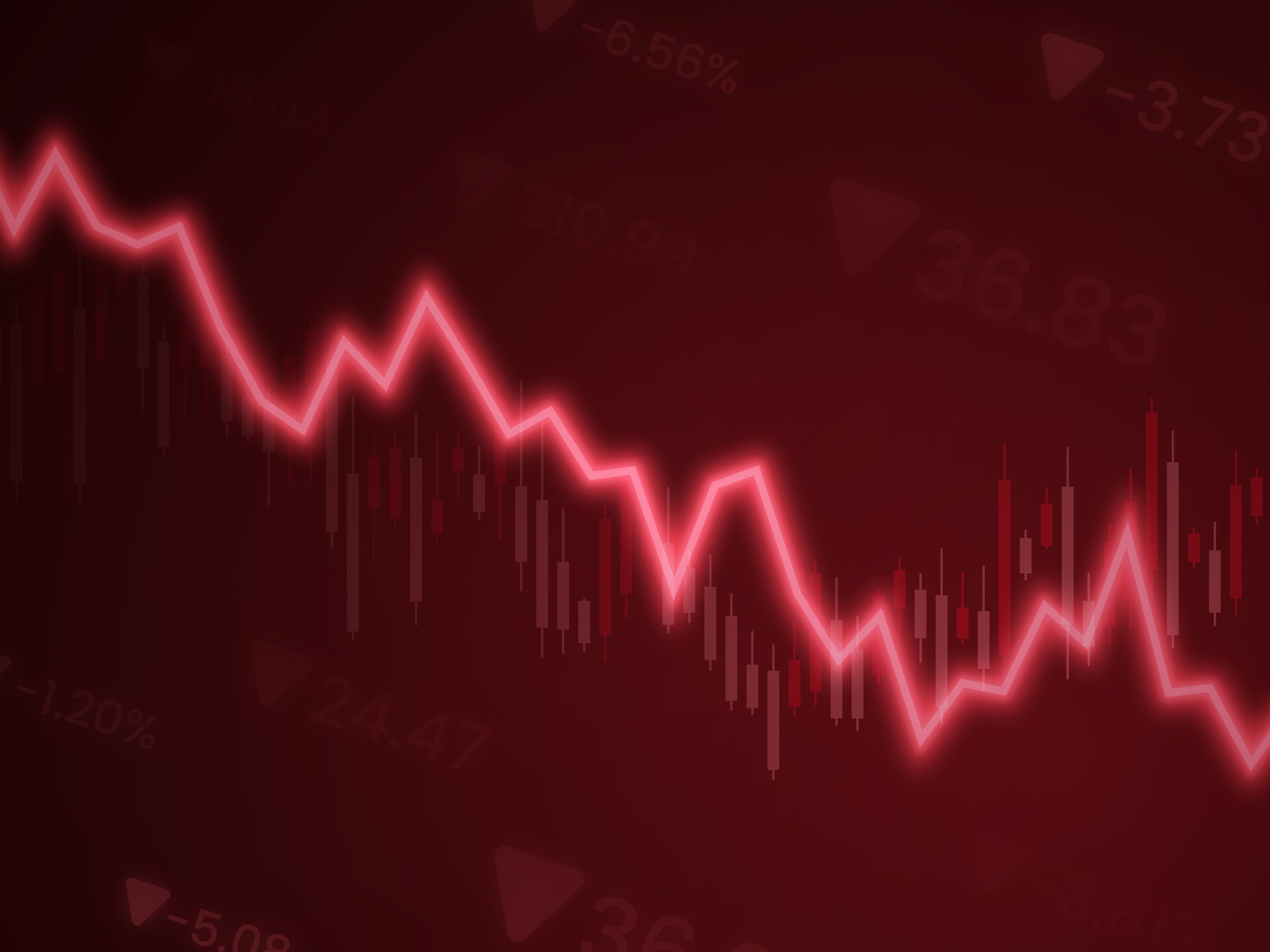Every day, Wall Street analysts upgrade some stocks, downgrade others, and "initiate coverage" on a few more. But do these analysts even know what they're talking about? Today, we're taking one high-profile Wall Street pick and putting it under the microscope...
Energy investors were nervous going into Bloom Energy's (BE +1.50%) fourth-quarter earnings report last week.
On the one hand, Bloom was coming off a third quarter in which it successfully beat expectations for both sales and earnings, and seemed to be on a roll. On the other hand, though, the company had warned investors that with lower-margin international sales predominant in Q4, profit margins (and profits) could take a hit. Sales also looked like they could potentially miss Wall Street's expectations.
And indeed, that's how things played out. Bloom's $214 million in revenue did fall short of the $221 million that Wall Street was predicting back in November. Per-share losses, although less than predicted ($0.12 pro forma, versus Wall Street's expectation of a $0.16 pro forma loss), were much larger when viewed within the framework of GAAP accounting standards, which showed a $0.91-per-share loss.
Regardless, investment banker Raymond James is upgrading Bloom Energy shares today anyway. Why?

Image source: Bloom Energy.
Too cheap to resist?
Let's start with the obvious answer: Bloom Energy stock is a whole lot cheaper than it once was. Since going public at $15 back in July (and closing the day up 67% at $25 a share), Bloom has plummeted -- down to just $10 at last report.
With Bloom now costing 33% less than its earliest public investors paid to own it, Raymond James calls today's share price "intriguing," in a note covered on StreetInsider.com (subscription required). (I'd suggest "painfully cheap" is more apropos for investors who ended up paying $25 for Bloom. The stock's down 60% from that share price.)
At the very least, suggests the analyst, Bloom could be worth $13 a share -- and still cost less than it did at its IPO. After all, it's been only seven months since it went public, and as Raymond James points out, little has happened to the company businesswise over that short period of time to explain the stock's sharp fall.
Bloom at the start of 2019
What has changed? Well, let's review the numbers from Bloom's end-of-year report and find out.
In 2018, Bloom grew its revenue 97% year over year -- nearly double. Product sales appear to be growing even faster, with sales of Bloom "boxes" up 134% over the year-ago period in Q4 alone. This gives the company a larger installed base upon which to collect service and electricity revenues going forward. As it pointed out, "25 of the Fortune 100 companies" now use Bloom Energy equipment to provide at least some of their electric power, and 42 Fortune 500 companies do.
Granted, Bloom is still losing money -- a lot of money. Net losses came to $241.8 million for the year. However, that was down from the $262.6 million in losses racked up in 2017.
Free cash flow-wise -- that's operating cash flow minus capital spending -- Bloom's cash flow statement shows that it burned through $73.1 million in negative free cash flow in 2018, roughly the same as 2017's negative FCF of $72.3 million.
Should investors buy Bloom?
I have to say, though, that while Bloom's revenue growth rate is certainly impressive, those GAAP losses and negative (and not improving) free cash flow are still troublesome.
In its upgrade note, Raymond James made the strange assertion that Bloom Energy reported its "first year of positive cash flow in 2018" -- which the cash flow statement shows that the company clearly did not do. Maybe that was just a typo, though. More interesting for forward-looking investors will be the analyst's prediction that "we anticipate breakeven EPS and a 6% FCF yield in 2019, followed by sustained profitability and a 12% FCF yield in 2020."
Those would indeed be impressive feats. Currently, however, analysts polled by S&P Global Market Intelligence are still predicting that Bloom will remain GAAP-unprofitable through at least 2021, and won't begin generating any free cash flow at all before 2020. In this regard at least, Raymond James seems much more optimistic about the company than do other analysts on Wall Street.
For that matter, Raymond James seems more optimistic than Bloom Energy itself. In its guidance for fiscal 2019, Bloom management not only predicted "a non-GAAP operating loss for Q1 of FY2019," but a 25% to 30% "non-GAAP gross margin" in the second half of the year. Given that operating costs consumed roughly 36.5% of revenue in 2018, that forecast doesn't seem to offer a high enough gross margin to offset operating costs and yield a GAAP profit in 2019.
Simply put, I think Raymond James is wrong about Bloom Energy: It won't earn a profit this year, or generate free cash flow, either. And it's hard to call a stock like that a buy.
Check out the latest earnings call transcripts for companies we cover.






